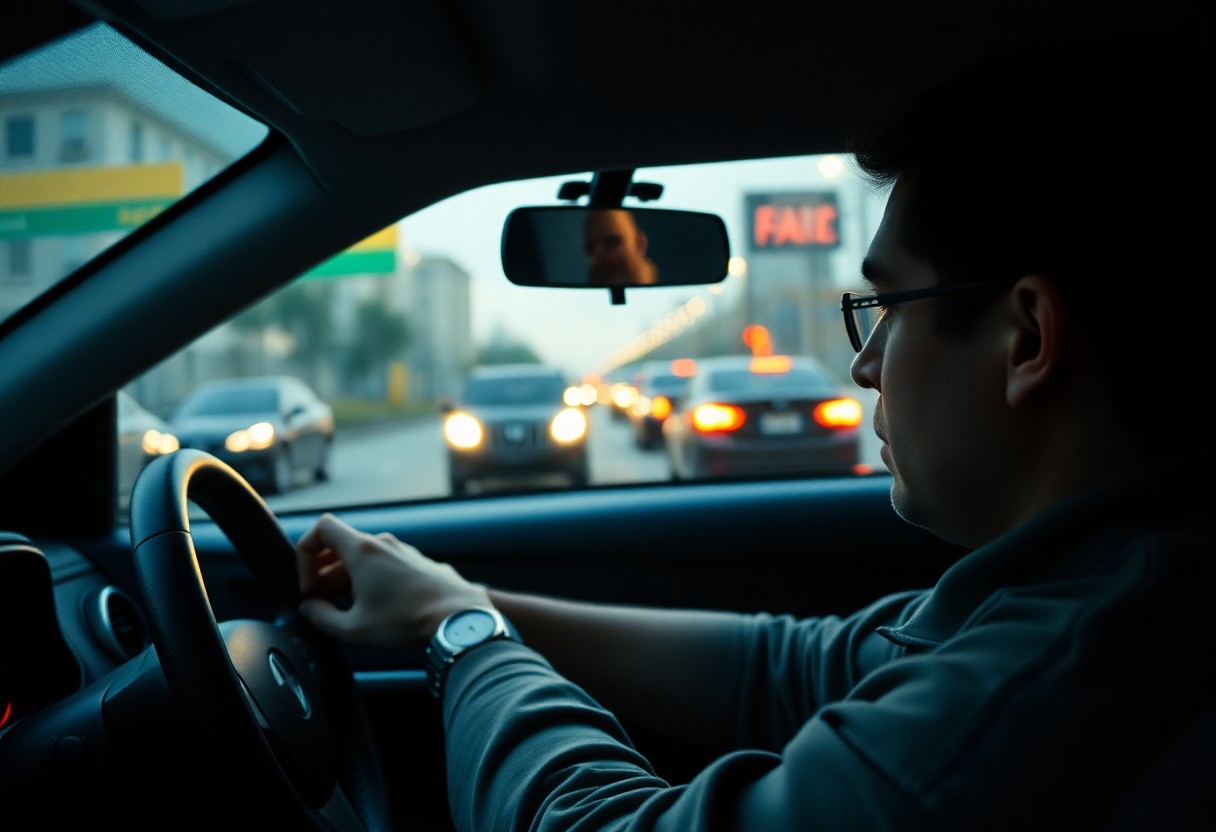Safety is a top priority when you’re on the road. Traffic can be unpredictable, and emotions can run high. One of the most significant threats to your safety is road rage, which can escalate quickly and lead to dangerous situations. By practicing defensive driving techniques, you can minimize the risk of encounters with aggressive drivers and ensure a safer driving experience for yourself and others.
First, it’s crucial to understand what defensive driving entails. This method involves anticipating potential hazards and making proactive decisions to avoid them. You should always be aware of your surroundings, maintain a safe distance from other vehicles, and be prepared to react to sudden changes in traffic or road conditions. By staying alert and focused, you can reduce the chances of misunderstandings that may trigger road rage.
When you’re behind the wheel, your attitude plays a significant role in how you respond to other drivers. If someone cuts you off or drives aggressively, it’s vital to stay calm and avoid reacting with anger. Instead, take a deep breath and prioritize your safety over your pride. Engaging in confrontations or retaliating can escalate the situation and put you at risk.
Furthermore, consider adopting a few practical strategies to help prevent road rage. Always follow traffic rules, including speed limits and signals. This not only keeps you safe but also sets a positive example for other drivers. If someone is driving aggressively, try to give them space. Change lanes if necessary and allow them to pass. This attitude can help de-escalate any potential conflict.
In addition, using your vehicle’s technology can enhance your driving experience. Most modern cars come equipped with advanced safety features, including lane-keeping assistance and collision warning systems. Familiarize yourself with these systems and use them to assist in defensive driving. By harnessing technology, you can focus more on the road and less on potential threats.
Another aspect to consider is your state of mind before you even set out on your journey. If you’re feeling anxious, stressed, or upset, it may be best to delay your trip until you can approach driving with a clear mind. Emotional turbulence can lead to poor decision-making while driving, increasing the likelihood of an encounter with an aggressive driver. Your emotional health is just as important as your physical safety when it comes to being on the road.
Finally, if you find yourself dealing with an aggressive driver, the best course of action is to avoid engagement. Do not make eye contact, and steer clear of challenges. Instead, focus on driving safely and patiently, and prioritize getting to your destination in one piece.
By integrating these defensive driving practices into your routine and remaining calm even in the face of road rage, you significantly improve your overall driving experience. Always prioritize your well-being and that of others on the road, reminding yourself that it’s not worth risking safety over fleeting frustrations.
